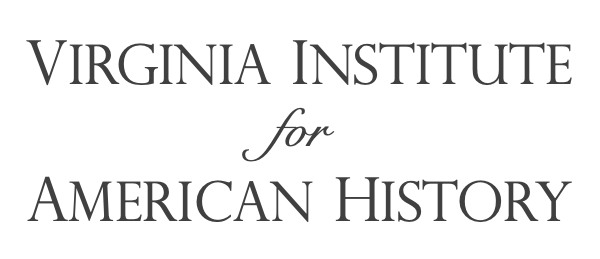“Dolley [Payne Todd] had been widowed less than a year when she first met James [Madison]. Like others living in Philadelphia at the time the Widow Todd caught Madison’s attention. She was a beautiful woman at five foot seven and three quarters, “well-proportioned” with ample bust and slim waist, and a “mouth which was beautiful in shape and expression” and she had male Philadelphia “in the Pouts.” (p. 27) Madison at forty-three was seventeen years older than Dolley [and at five foot four, was three inches shorter] when he asked his friend and fellow Princeton classmate Aaron Burr for an introduction. Family legend has it that Dolley received the “great little Madison” in a mulberry-colored satin gown; but no matter what she wore she captured the heart of the shy, bookish, bachelor. It was said that James was smitten with Dolley and “embarked upon a campaign worthy of a master political strategist” to win her over. James also had some help from Martha Washington who allegedly informed Dolley of her wisdom of making this match.
While James was captivated with Dolley,
understandingly, “Dolley seems to have been more accepting than rapturous. It would be the second marriage in her short
life, and although remarriage was acceptable, John Todd had been gone less than
a year and such a hasty remarriage was certain to shock many and was against
Quaker practice. In addition, James was
an Anglican and not a Quaker and marriage to him would most likely lead to her
being “read out” of Meeting. James did
have a sterling character, but not perhaps sexual charisma (he was famously
frail and suffered life-long illness), but “Dolley no doubt took a practical
view of the situation and realized that romance played a very small part, for
as a woman she was a nobody unless she married.
If she married James, she would acquire financial security, a legal protector
and social position.” (p. 31-32) James and Dolley were married on September
15, 1794 on the wedding anniversary of James’ parents at Harewood, the Virginia
estate of Dolley’s sister Lucy and her husband, George Steptoe Washington.
Dolley was read indeed read out of
Meeting in December. Dolley and James
made a good match and enjoyed a compatibility of character, and had a great
deal in common including their southern background. Her gracious high spirits compensated for
James retiring manner. Their marriage
was one of love, respect, and great tenderness and a great partnership. “While Dolley’s gender prevented her from
openly playing politics, the very constraints of womanhood allowed her to
construct an American ruling style and to achieve her husband’s political
goals. She did so by emphasizing
cooperation over coercion, building bridges instead of bunkers.”
____________________________
From:
Catherine Allgor, “A Perfect Union, Dolley Madison and the Creation
of the American Nation (Henry Holt & Company, 2006)



